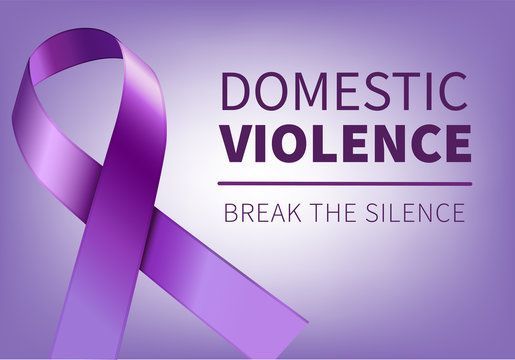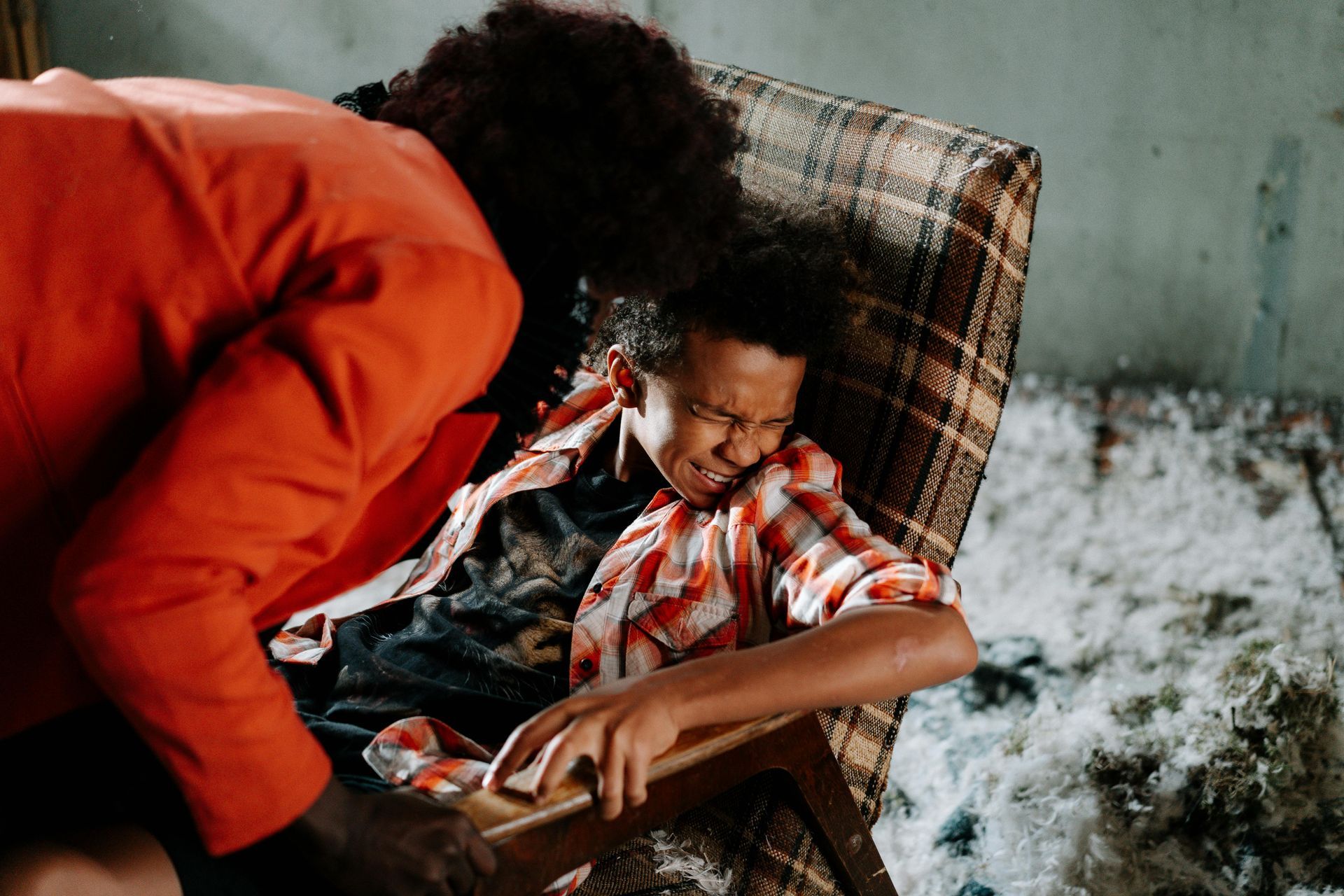Domestic Violence
Domestic violence can turn deadly in an instant. Every year, abusers take lives—don’t let yours be next. If you’re in danger, click the Domestic Violence Resources Tab now to get help. Call or text 9-1-1 if your life is at risk. Speak up before it’s too late. You are stronger than you know, and there are people waiting to help you reclaim the life you deserve. You are worth saving.
Understanding Domestic Violence in Ohio: A Serious and Urgent Call to Action
Domestic violence is not just a private matter—it is a public health crisis that destroys lives, families, and communities. In Ohio, the statistics are staggering, and the stories are heartbreaking. Domestic violence is a pattern of abusive behavior used by one partner to gain or maintain power and control over another in an intimate relationship. This abuse can manifest in many forms: physical violence, emotional manipulation, sexual coercion, financial control, and psychological terror. The consequences are devastating, often leading to long-term trauma, severe injury, or even death.
The Harsh Reality: Statistics in Ohio
- According to the Ohio Domestic Violence Network (ODVN), 1 in 4 women and 1 in 7 men in Ohio will experience severe physical violence by an intimate partner in their lifetime.
- The FBI’s Uniform Crime Reporting (UCR) Program reveals that Ohio consistently ranks among the top states for domestic violence-related homicides, with over 70 fatalities annually.
- Strangulation, a particularly lethal form of abuse, is reported in nearly 50% of domestic violence cases in Ohio. Survivors of strangulation are 750% more likely to be killed by their abuser in the future. That is NOT a typo.
These numbers are not just statistics—they represent real lives shattered by violence.
The Cycle of Abuse
Domestic violence often follows a predictable cycle, making it difficult for victims to break free:
- Tension Building: The abuser becomes increasingly irritable, critical, or controlling. The victim feels like they are "walking on eggshells," trying to avoid triggering an outburst.
- Explosion: The abuser lashes out with physical, emotional, or sexual violence. This is the most dangerous phase, where injuries, trauma, and even death can occur.
- Honeymoon: The abuser apologizes, promises to change, or blames the victim for the abuse. This phase creates false hope, trapping the victim in the cycle.
This cycle repeats, often escalating in severity over time.
It does not get better on its own.
How to Recognize Domestic Violence
Domestic violence is not always physical. Signs of abuse include:
- Physical: Hitting, slapping, choking, or any form of physical harm.
- Emotional: Constant criticism, humiliation, or threats.
- Sexual: Coercion, forced acts, or manipulation.
- Financial: Controlling money, preventing employment, or sabotaging financial independence.
- Psychological: Isolation from friends and family, gaslighting, or threats of harm to loved ones or pets.
If any of these behaviors sound familiar, you may be in an abusive relationship.
Making a Safety Plan/Exit Plan
Leaving an abusive relationship is the most dangerous time for a victim. A safety plan is crucial:
- Identify Safe Spaces: Know where you can go in an emergency (e.g., a trusted friend’s house, a domestic violence shelter).
- Gather Important Documents: Keep copies of IDs, bank information, and legal documents in a safe place.
- Pack an Emergency Bag: Include clothes, medications, cash, and essentials. Hide it where the abuser cannot find it.
- Tell a Trusted Person: Share your plan with someone you trust. They can help you stay safe and provide support.
- Memorize Emergency Contacts: Save numbers for local shelters, hotlines, and 9-1-1.
Act Now: It Will Not Get Better
Abuse does not stop on its own. In fact, it often escalates. Every moment you wait increases the risk of severe harm or death.
You are not alone, and help is available.
- Call or Text 9-1-1 if your life is in immediate danger.
- Contact the Ohio Domestic Violence Network (ODVN) Hotline at 1-800-934-9840 for confidential support and resources.
- Reach out to a trusted friend, family member, or counselor.
Case Study
(Names Have Been Changed out of Respect for the Victim and their Family.)
The Tragic Story of Sarah
Sarah, a 32-year-old mother of two from Columbus, Ohio, endured years of abuse from her partner, Mark. At first, it was subtle—verbal insults, controlling behavior, and isolating her from friends and family. Over time, the abuse escalated. Mark began slapping her during arguments, then punching her in the stomach and choking her until she nearly passed out.
Sarah confided in a close friend, who urged her to leave. But Mark always apologized afterward, promising to change. He would buy her flowers, take her out to dinner, and swear it would never happen again. Sarah wanted to believe him—for the sake of their children, 6-year-old Emily and 4-year-old Jacob.
One night, after a heated argument, Mark snapped. He grabbed Sarah by the throat and slammed her against the wall, screaming that he would kill her if she ever tried to leave. Emily and Jacob watched in horror as their father strangled their mother, her face turning blue, blood filling the whites of her eyes, and her body eventually going limp. Mark didn’t stop until Sarah was dead.
The children were left traumatized, their lives forever scarred by the violence they witnessed. Mark was arrested and charged with murder, but no prison sentence could bring Sarah back.
15 years later, Emily, now 21, was involved in a Domestic Violence relationship which ultimately led to Emily committing suicide.
Sarah’s story is not unique. It is a grim reminder of the deadly consequences of domestic violence. It does not get better. It only gets worse.
You Deserve Better
Sarah’s story could have been different if she had access to the right resources and support. Do not wait until it’s too late. If you are experiencing abuse, act now. Click the Resource Tab to find help, or call/text 9-1-1 if your life is in danger.
You are stronger than you know, and there are people waiting to help you reclaim the life you deserve. You are worth saving.





